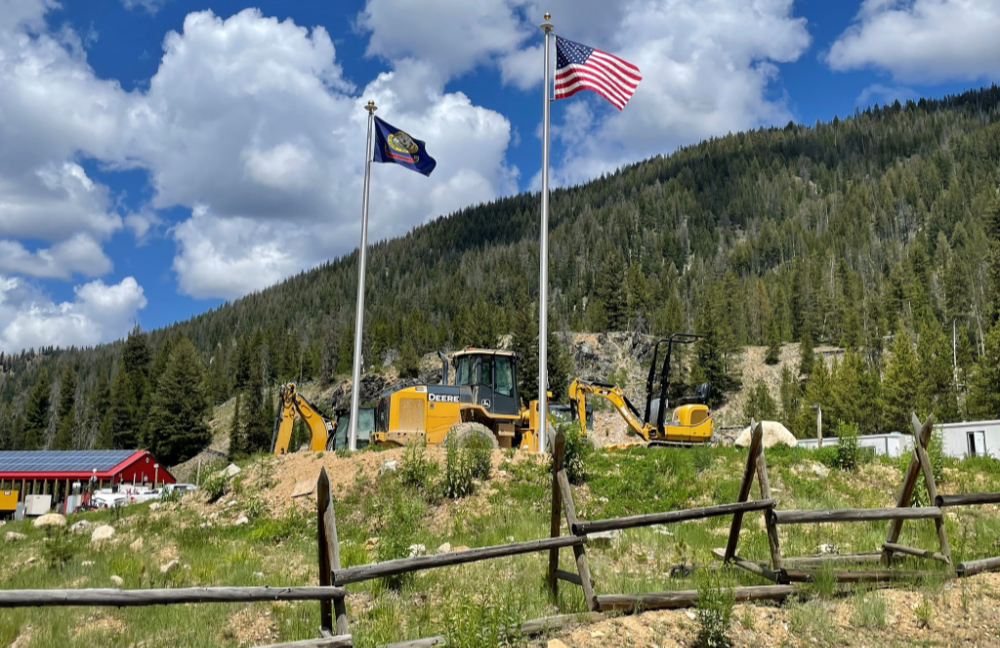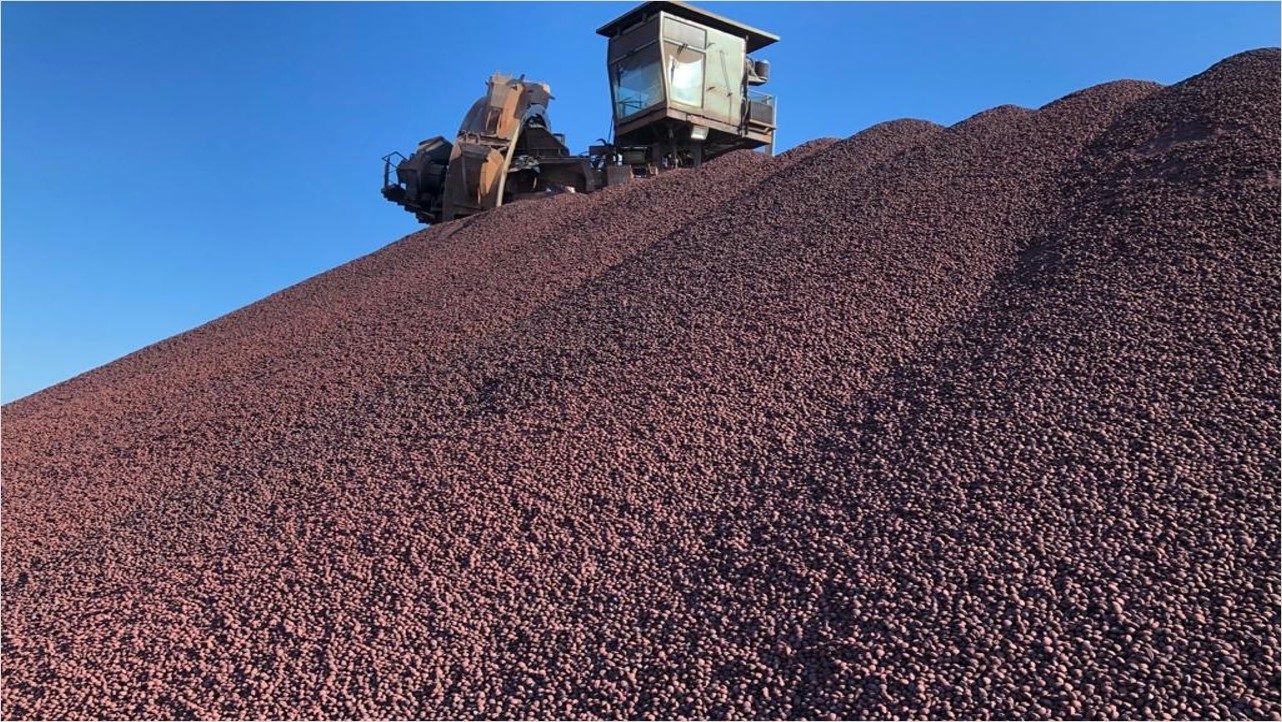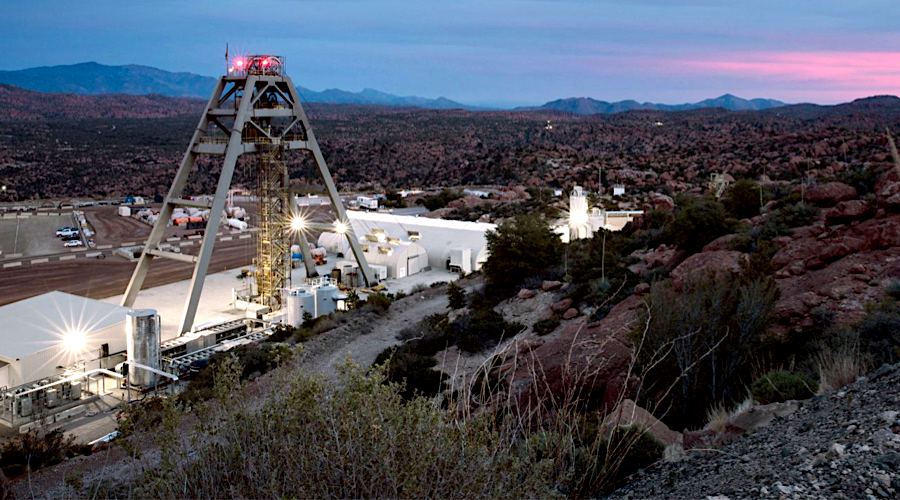Marrying mining transactions with ESG metrics for future-ready supply chains

MineHub’s CEO Arnoud Star Busmann and partner Rebecca Campbell of law firm White & Case explain why it’s vital that ESG metrics become an integral data point in future mining and metals transactions.
Today, most metal and minerals transactions are executed using a combination of disparate electronic systems and, on paper. Companies along the supply chain often use enterprise resource planning (ERP) systems to streamline and automate their processes internally. However, communications between departments still tend to be via email and, when dealing with external parties – there are typically 10 or more involved in each transaction – communications and documents are usually sent by email or using applications like WhatsApp or WeChat or even by courier.
While this fragmented approach has worked to some extent, it is fraught with issues and risks, and is becoming increasingly inefficient.
In today’s digitally enabled world, faster, more reliable and secure systems are required to ensure that every stakeholder receives the correct information in a timely manner, and that processes are transparent and auditable. Most records are currently in inboxes, filing cabinets, courier bags and company shared drives. People spend their time reconciling information rather than using it. That information is critical for risk management, but there’s no real-time screening or verification and that leaves transactions open to error and fraud.
Most records are currently in inboxes, filing cabinets, courier bags and company shared drives. People spend their time reconciling information rather than using it
In standard trades, parts of the process will be automated. However, if a trade requires bespoke elements, then processes immediately revert to being manual. One of the challenges, especially with newer trades that detail carbon attributes, is how to systemise them. Currently, these are treated as special transactions, but for widespread adoption and they need to be normalised.
Accurate reporting for scope 1 & 2
In addition to digitally transforming their businesses, mining companies are under enormous pressure to better their environmental, social governance (ESG) performance. Accurate carbon reporting is critical to meeting the greenhouse gas reduction targets that firms have set themselves for the next decade, and in securing investment, financing and offtake agreements. This information is becoming ever more important to consumer companies too. However, information on scope 1 (direct) and scope 2 (indirect) emissions is rarely included as a standard data point in transactions.
Carbon reporting is generally based on annual company-level estimates. As an industry, we’re quite a way off from having that information at an individual transactional level. For green finance transactions, there’s no way for companies to tie the funds that are being advanced to particular offtakes, for example, to that data. Instead, borrowers under the green finance initiative have to demonstrate their compliance at a more general level. That is limiting the types of financing instruments that can be developed for carbon-linked transactions because the data has to be aggregated.
For many mining companies, particularly those that are going above and beyond expectations in the ESG field and wish to differentiate themselves and their products based on it, this is a huge source of frustration.
It’s also very difficult for investors, traders and financiers to determine which producers are truly performing at a higher level and which are employing greenwashing tactics. This is where systems that can provide granular insights will be helpful.
Bringing scope 3 into the mix
In general, if producers know roughly how much carbon each of their assets emits and how much material is produced, then they can roughly calculate the scope 1 and 2 emissions. Technically, if they know what their customers are doing, they could also do a rough calculation of their scope 3 emissions (indirect emissions from a value chain), but that’s far more complex. It’s just not achievable with current data and processes.
It’s important to get to the point where the attributes of the mineral produced, are no longer just the chemical and the physical specs, but also the ESG specs. If we can accurately capture data on the carbon emissions incurred per metric tonne produced at each asset, then we will be able to automatically calculate the emissions footprint for every buy and sell transaction. That’s when there will be differentiation arising in markets. There are already voluntary premiums paid for certain metals that can demonstrate a low-carbon production origin.
It’s important to get to the point where the attributes of the mineral produced, are no longer just the chemical and the physical specs, but also the ESG specs
Eventually, digital supply chains will allow mining companies to link data on their own scope 1 and 2 emissions to that from downstream operations like steel mills and smelters to gain visibility of their scope 3 emissions as well.
This will enable them to make informed decisions about how their product is processed, and which customers they want to invest in. Mining is increasingly becoming a seller’s market, and scope 3 reporting at a customer, facility or shipment level, will prove a hugely valuable tool in managing portfolios going forward.
The value of information
You can imagine that we can, for instance, deliver carbon-neutral packages of iron ore to the consumer, which is a gamechanger in terms of transparency and being able to evidence to institutional investors that companies are carbon neutral. It’s going to set a new benchmark for producers globally. And the benefits don’t just extend to mining companies. Digital platforms will also enable governments to meet their own climate change mitigation goals.
In China, President Xi has committed to cutting the country’s CO2 emissions by more than 65% from 2005 levels by 2030, with full carbon neutrality by 2060. It’s a staggering task, and businesses across multiple industries are scrambling for solutions to enable and evidence this. China is the world’s largest crude steel producer and consumer; production accounts for 15% of the country’s carbon emissions and over 60% of the global steel industry’s emissions.
We will be able to provide tooling for the world’s largest steel exporter to evidence its carbon neutrality, which will also be a gamechanger. Being able to break the supply chain up into blocks and analyse them individually is so powerful. It enables companies to understand the difference between exporting iron ore from Brazil to China versus from Australia to China. Or the difference between putting it into a blast furnace versus some of the new green steel technologies that are being developed.
ESG attributes can be layered on each transaction and therefore are tied to the economics as well, facilitating trade, which is the key to widespread adoption.
Flexibility for the future
Having an open platform that can capture data from any operating system or software means that, in time, there is potential to bring information around scope 4 emissions (those incurred by end products incorporating metals) into the loop as well.
From a consumer perspective, it’s likely that, in the future, vehicle manufacturers will be required to comply with specified carbon limits for new vehicles sold into certain markets. In which case, a system that provides complete visibility of the ESG attributes for each mineral or metal package is no longer a ‘nice-to-have’, it’s imperative to both the consumer and producer’s access to market.
Ultimately, digitizing mineral supply chains doesn’t just ensure compliance with current and incoming regulations, it makes them resilient and adaptable enough to manage whatever challenges and opportunities arise, both now and in the future.
More News
Trump to fast-track permitting for 10 mining projects across US
April 18, 2025 | 08:05 am
{{ commodity.name }}
{{ post.title }}
{{ post.date }}




Comments